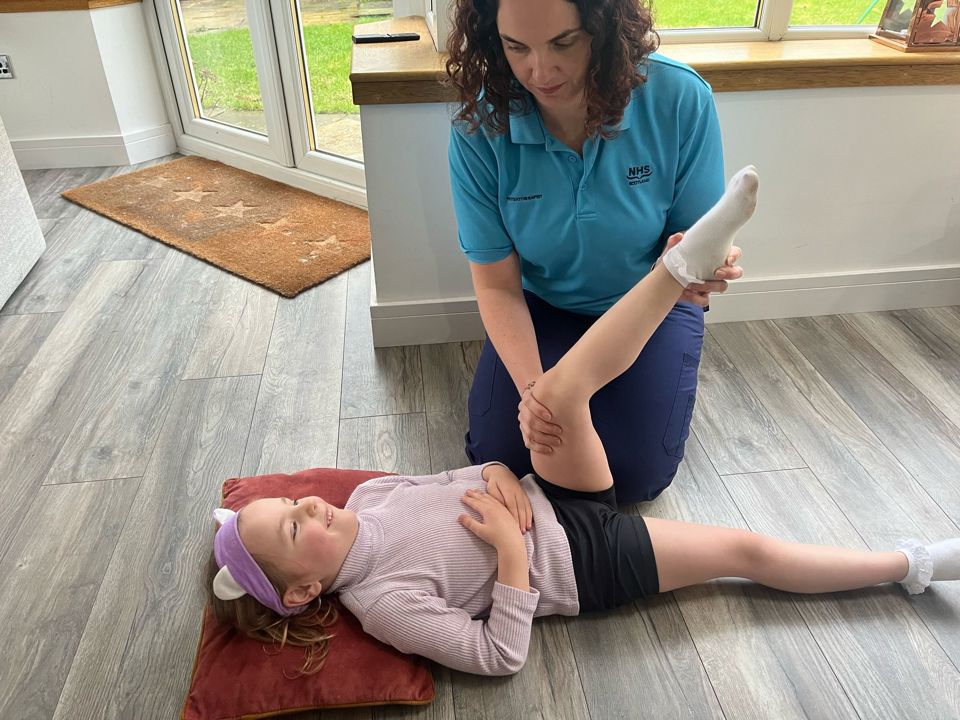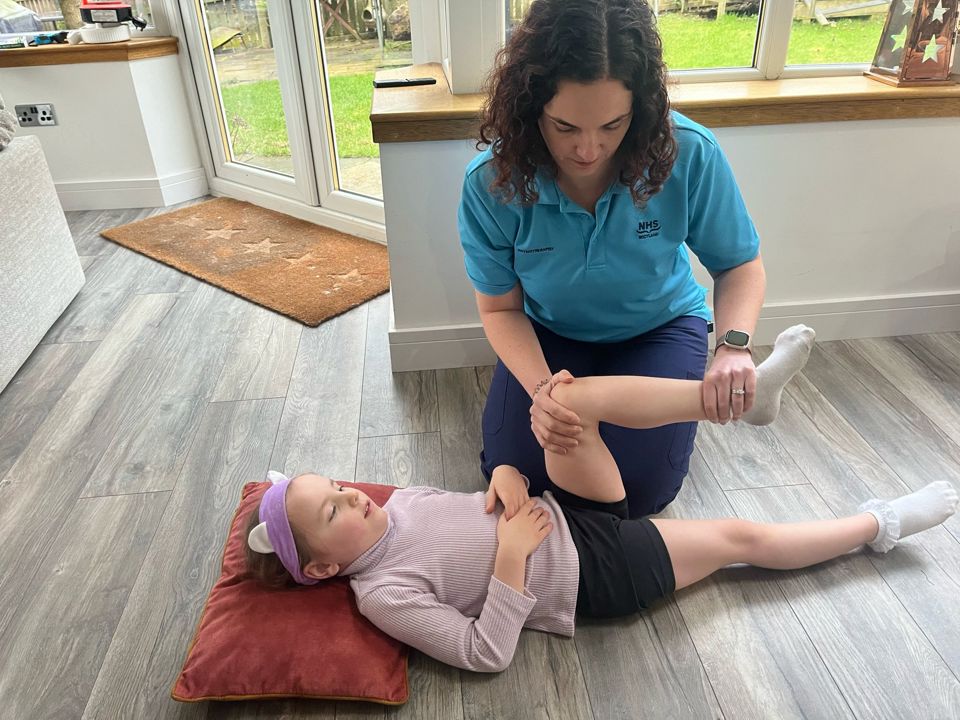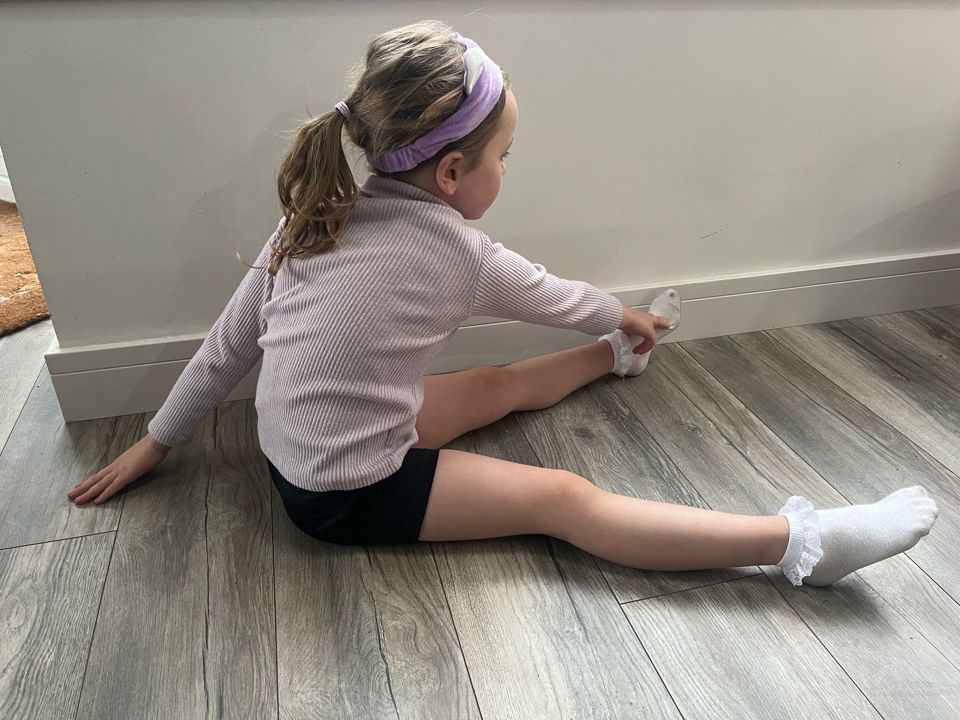What to remember
This information is for after your child has been discharged from RHCYP Edinburgh. We hope it will answer common questions and concerns families have regarding this procedure.
For all questions regarding your stay in RHCYP Edinburgh and the procedure, please contact the Paediatric Orthopaedic secretary on 0131 312 0622
Knowing what to expect and how to manage this in advance is helpful to children and their parents/carers. We hope this information in regards to general care/management, exercises, movement and handing, and pain relief will be useful.
In the hospital
Most children have this procedure done as a Day Case meaning they will be discharged at the end of the day following the procedure.
Your child will NOT have casts on. They will have dressing changes at 3 days by the community nurse. There will probably be no sutures to come out. If any are used, they will dissolve (often only skin glue is required).
Your child may be uncomfortable for the next week or so. It will be important to manage any discomfort quickly to prevent any pain and/or distress.
- Regular Paracetamol and Ibuprofen can be given if required.
- If your child is too sore to move, they need pain relief.
- If your child continues to complain of pain regularly despite these medicines, please contact your Community Children’s nurse or GP.
Once you are home
The purpose of this intervention was to improve the movement of the knees to allow them to straighten more. Although one of the tightest tendons that was restricting movement has been cut, other soft tissue structures (muscles, joint capsule, ligaments/tendons) around the knee are still short/tight. These will still need to be stretched to increase flexibility.
In many cases, the knees will probably not become fully straight after this procedure but movement should improve enough to help your child better use equipment and transfer more easily, with straighter knees.
Your child’s physiotherapist will review and alter their programme as needed throughout the post-op period. It is important to follow advice given regarding safe moving and handling to reduce the risk of injury and/or pain to the child and/or the carer.
You will need to carry out the exercises and advice given every day, throughout the day and sometimes at night-time (when recommended).
Exercises –
Although these may initially be uncomfortable for your child, you will not be injuring them or damaging the surgery site.
- Slow, gentle movement to loosen the knees will be of benefit.
- The more often you do the exercises, the easier they will be for your child and the more confident you will become.
- Your child’s physiotherapist will be happy to discuss any concerns.


Regular positioning with the knees as straight as possible will be equally important as the stretches/exercises to ensure a successful outcome.
Positioning/play suggestions –


Your physiotherapist will advise you on use of knee gaiters, if necessary, during daytime and at night.
Please do not hesitate to contact your Health Care Professionals for further advice.
Accessible formats
If you require this information in a community language or alternative format such as Braille, audio, large print, BSL, or Easy Read, please contact the Equality and Human Rights Team at: email: fife.EqualityandHumanRights@nhs.scot or phone 01592 729130. For people with a hearing or verbal impairment you can also contact the team through the NHS Fife SMS text service number on 07805800005.





